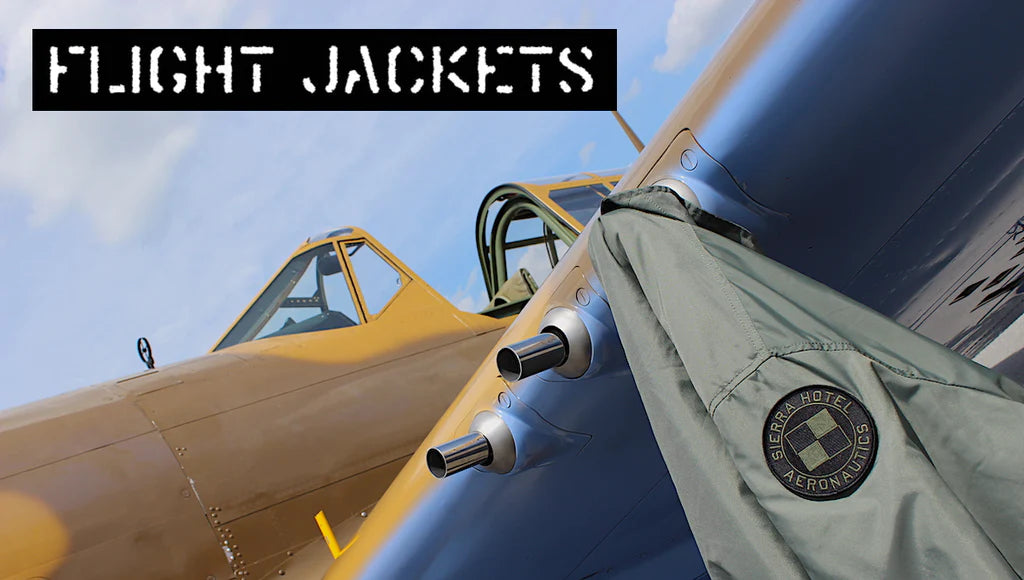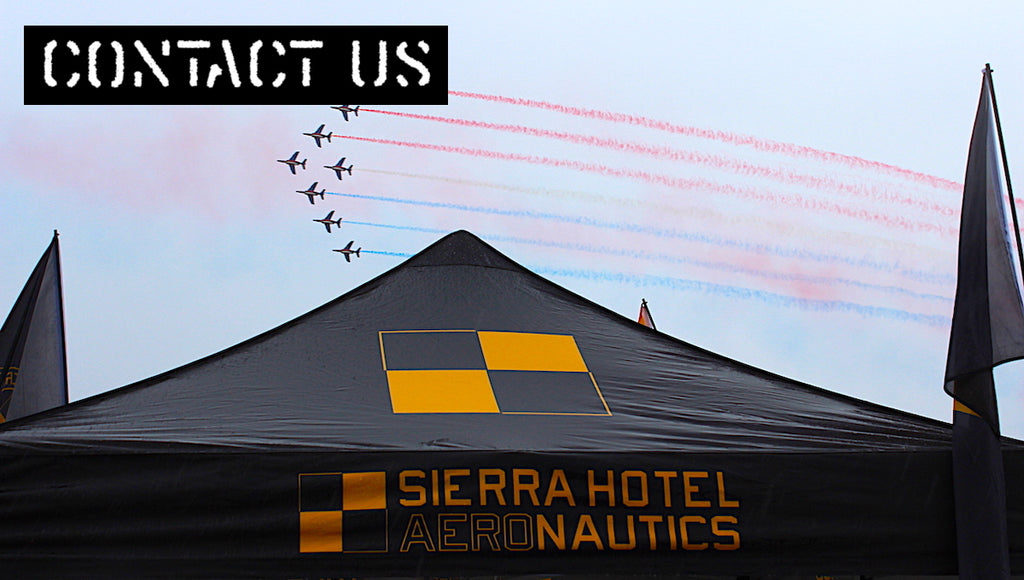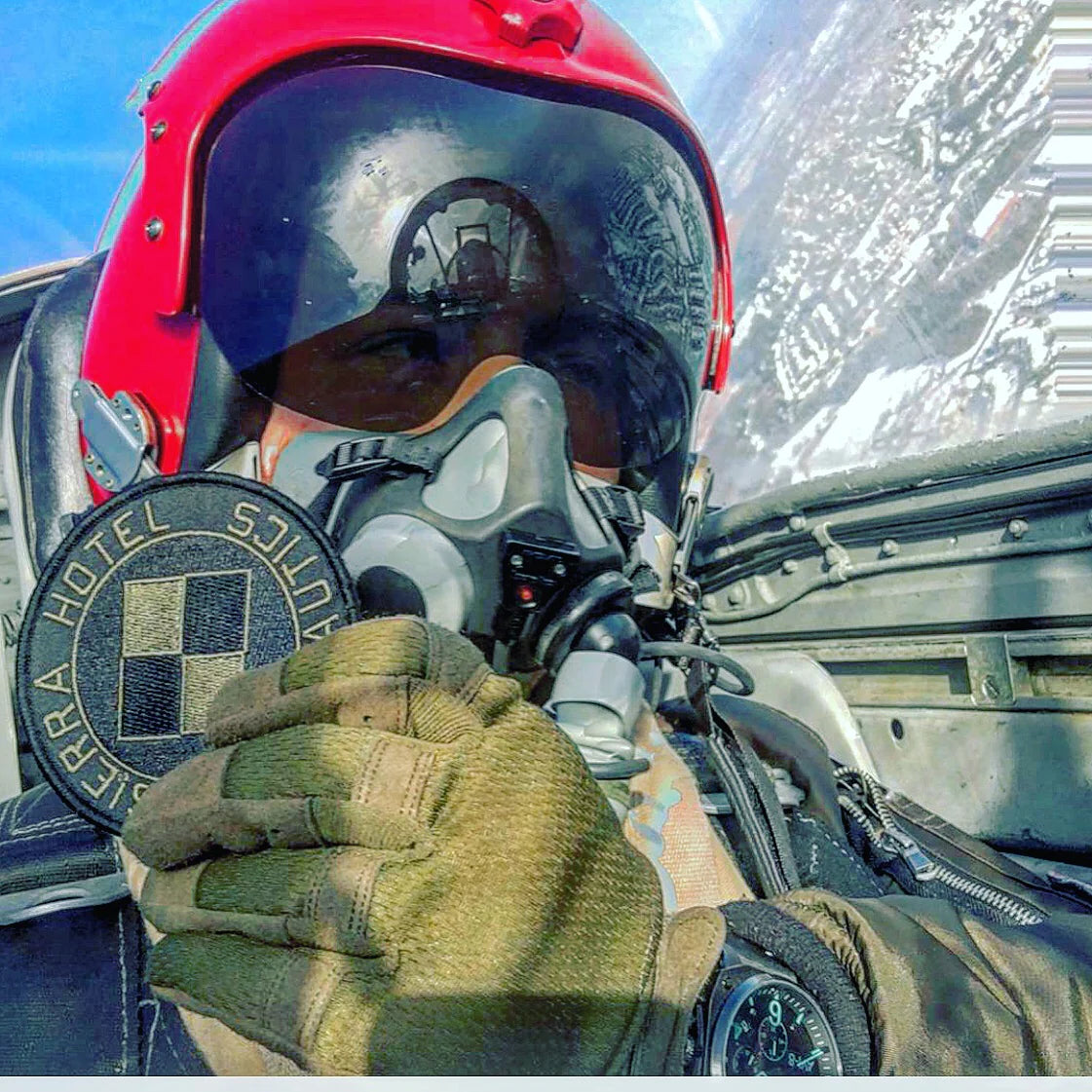United Airlines Flight 232

United DC-10 Sioux City Crash N1819U - Image Credit - Kplastique
United Airlines Flight 232, a DC-10, registered as N1819U suffered a catastrophic failure of its tail-mounted engine, which led to an unprecedented complete loss of all flight controls on this date; July 19th, 1989.
Flight 232 took off at 14:09 CDT from Stapleton International Airport, Denver, Colorado, bound for O’Hare International Airport in Chicago. At the controls were Captain Alfred C. Haynes, 57, 30,000 hours of total flight time with United Airlines, of which 7,000 were in the DC-10. First Officer William R. Records, 48, 20,000 hours of total flight time. Second Officer Dudley J. Dvorak, 51, 15,000 hours of total flying time. Training Check Airman Captain Dennis E. Fitch, 46, total DC-10 time with United was 3,000 hours, of which 2,000 hours were accrued as a second officer, 1000 hours as a first officer, and 79 hours as a captain.

At 15:16, Flt 232 was in a shallow right turn at 37,000 feet, when the fan disk of its tail-mounted General Electric CF6-6 engine disintegrated. Debris penetrated the tail in numerous places, including the horizontal stabilizer, puncturing the lines of all three of the aircraft’s hydraulic systems. The crew felt a jolt and the autopilot disengaged. Immediately the Captain took control but quickly realized that the aircraft was not responding to any control column inputs. Even with maximum aileron input, and elevator inputs, the aircraft did not respond, as it slowly rolled into turning descent. The copilot controls unfortunately produced the same negative results.
All three on board hydraulic systems were registering zero pressure. The crew contacted United maintenance personnel via radio but were told that a total loss of hydraulics on the DC-10 was considered “virtually impossible” thus there were no established procedures for such an event.
The plane was continuing to pull slowly to the right and oscillated vertically in a phugoid cycle – characteristic of planes in which control surface command is lost. With each cycle the aircraft lost approximately 1,500 feet of altitude.
Dennis E. Fitch, an off-duty United Airlines DC-10 flight instructor, was among the passengers and offered his assistance to Flt 232’s crew.
Air traffic control was advised and an emergency landing at nearby Sioux Gateway Airport was organized.
Fitch: "I'll tell you what, we'll have a beer when this is all done."
Haynes: "Well I don't drink, but I'll sure as shit have one."
As the crew tried to utilize what little inputs they had while Fitch utilized asymmetric thrust by using each engine independently, the crew managed through experimental trail and error to establish rough steering adjustments, and by using the engines together they were able to somewhat adjust altitude to attempt some semblance of control during the approach.
As Flt 232 closed in on Sioux City…
Sioux City Approach: "United Two Thirty-Two Heavy, the wind's currently three six zero at one one; three sixty at eleven. You're cleared to land on any runway."
Haynes: “[laughter] Roger, You want to be particular and make it a runway, huh?”
Haynes: “Whatever you do, keep us away from the city.”
Fitch continued to attempt control of the aircraft’s descent rates by adjusting engine thrust levels as well as applying asymmetric thrust inputs. With the loss of all hydraulics, the crew was unable to control airspeed while maintaining independent sink rates. On short final, the aircraft was travelling at 220 knots and a sink rate of 1,850 feet per minute.
As a last-ditch attempt to arrest the sink rate, Capt Haynes fire-walled the throttles, but there wasn’t enough time for the flight crew to react. The tip of the right wing contacted the runway first, spilling fuel, and igniting it immediately. The tail section broke off due the force of impact, and the rest of the aircraft bounced several times, shedding the landing gear and engine nacelles, breaking the fuselage into several main pieces.

On the final impact, the right wing was shorn off and the main part of the aircraft skidded sideways, rolled over onto its back, and slid to a stop upside-down in a cornfield to the right of Runway 22.
Of the 296 passengers on board, thanks to the incredible skill and combined professionalism of its flight crew, 186 souls managed to survive the controlled crash of United Airlines 232.

Only after 35 minutes after Flight 232s "arrival", rescuers identified the remains of the nose section and were amazed to find the four pilots alive inside. All four made a full recovery.













Thank you for posting this. I’m so fascinated with planes and ships. Appreciate the postings a lot.
It was established that the installation of hydraulic fuses in the empennage would have prevented the total loss of hydraulic fluid.
Lockheed were later approached and asked if they had any plans to install hydraulic fuses in the L-1011 Tristar. They replied that fuses were included at the design stage!
Great write up, did the crew ever get together for that beer?
Dear sierrahotel.net administrator, Your posts are always well-received and appreciated.
Hi sierrahotel.net admin, Keep up the great work!
Leave a comment